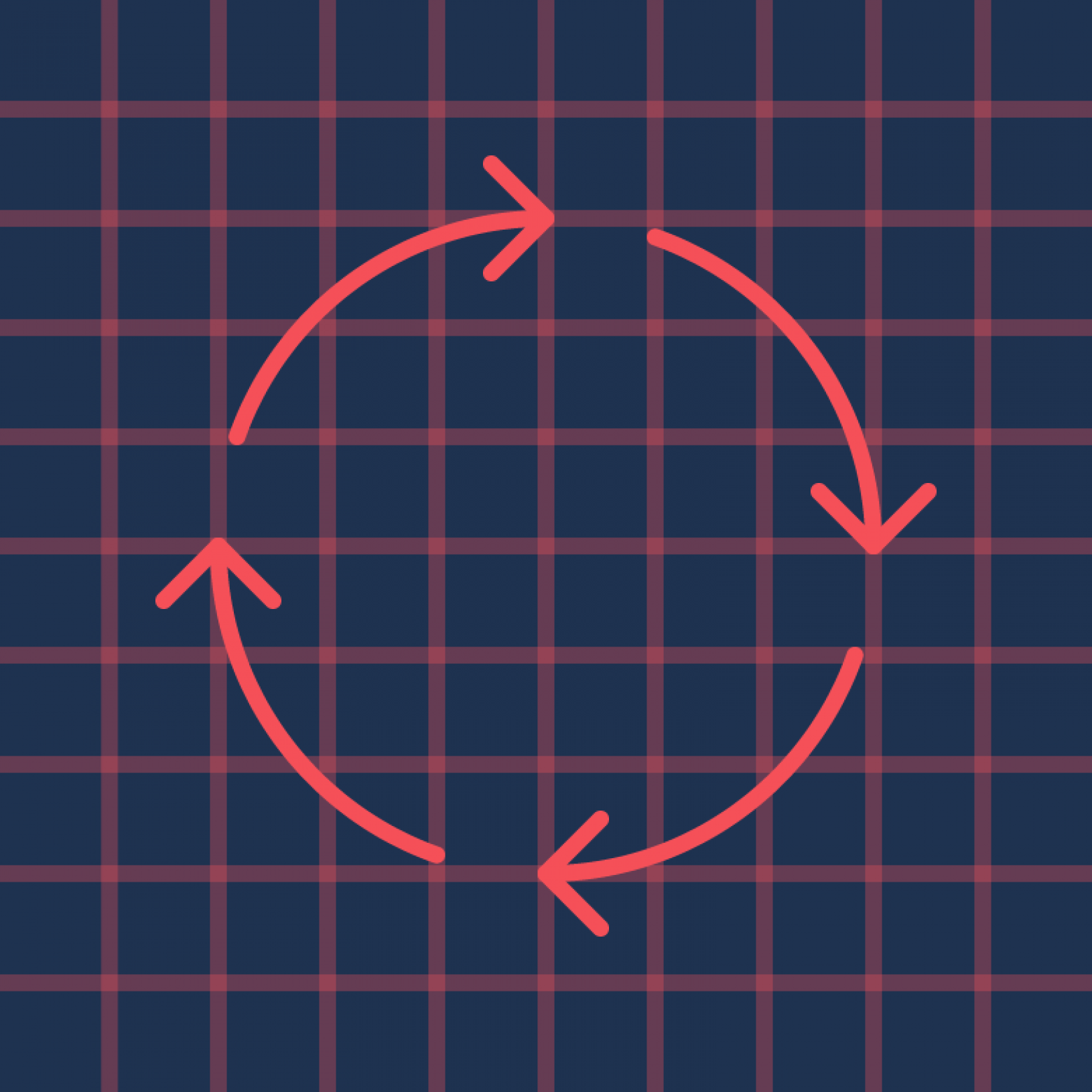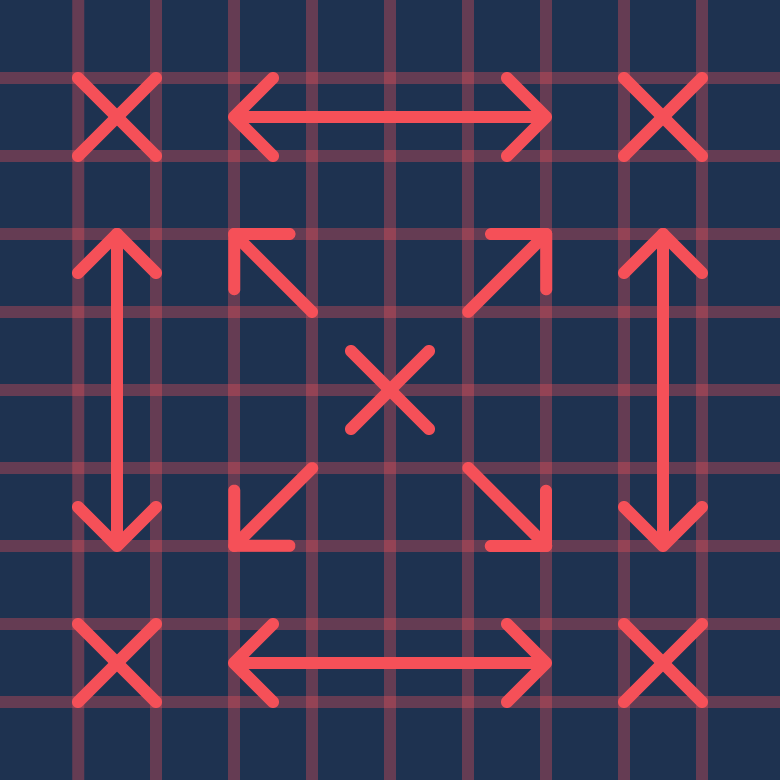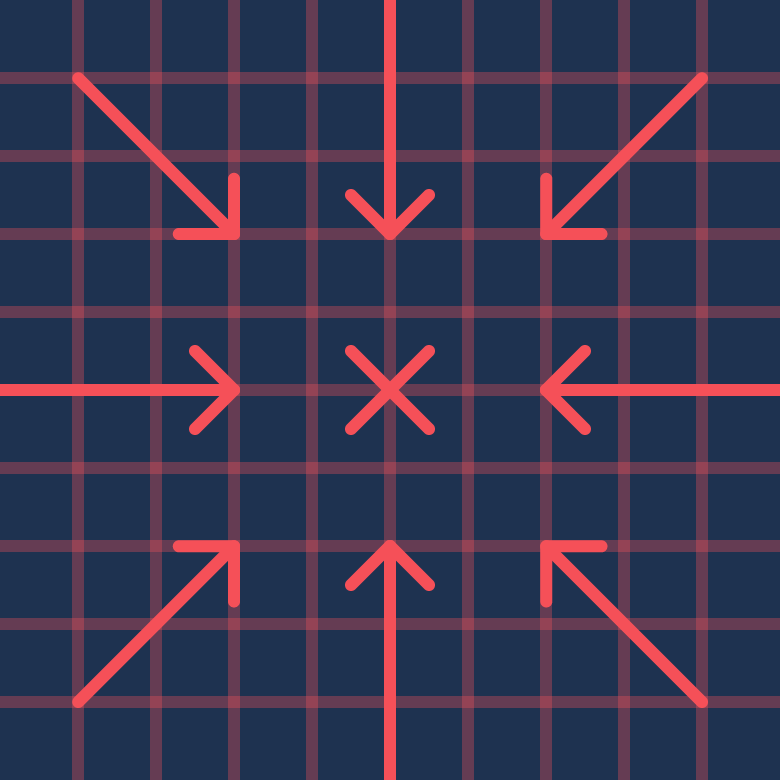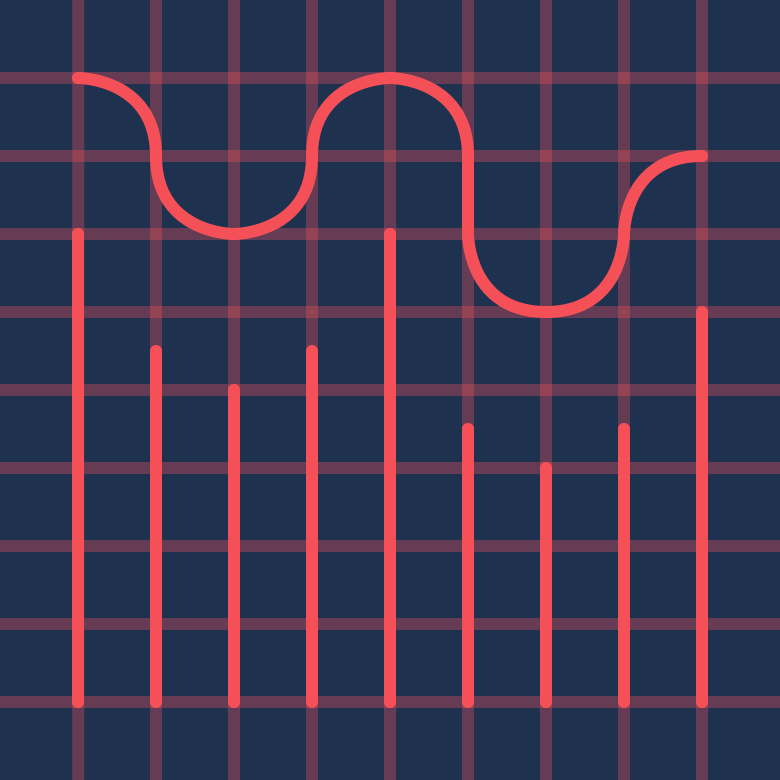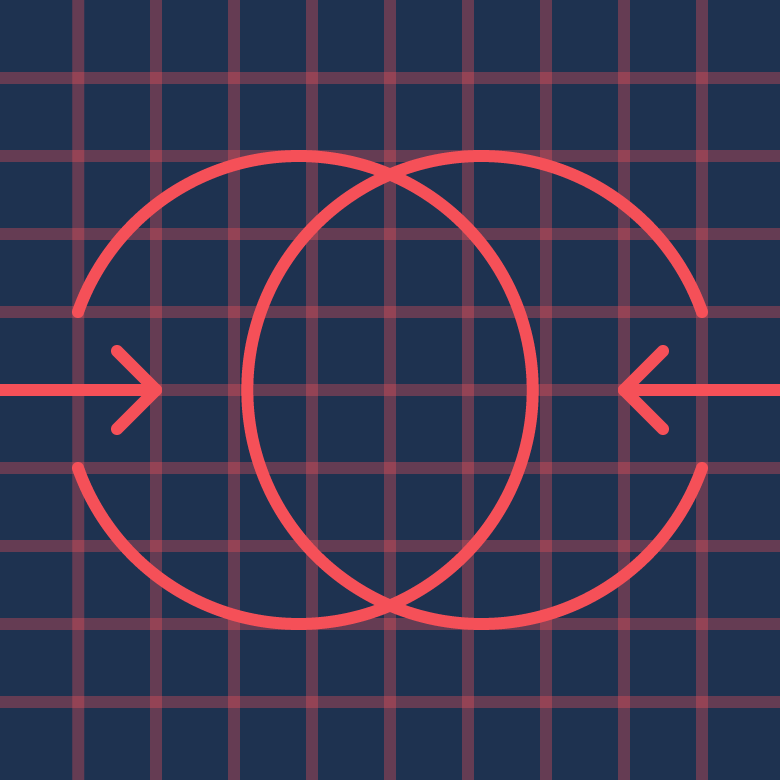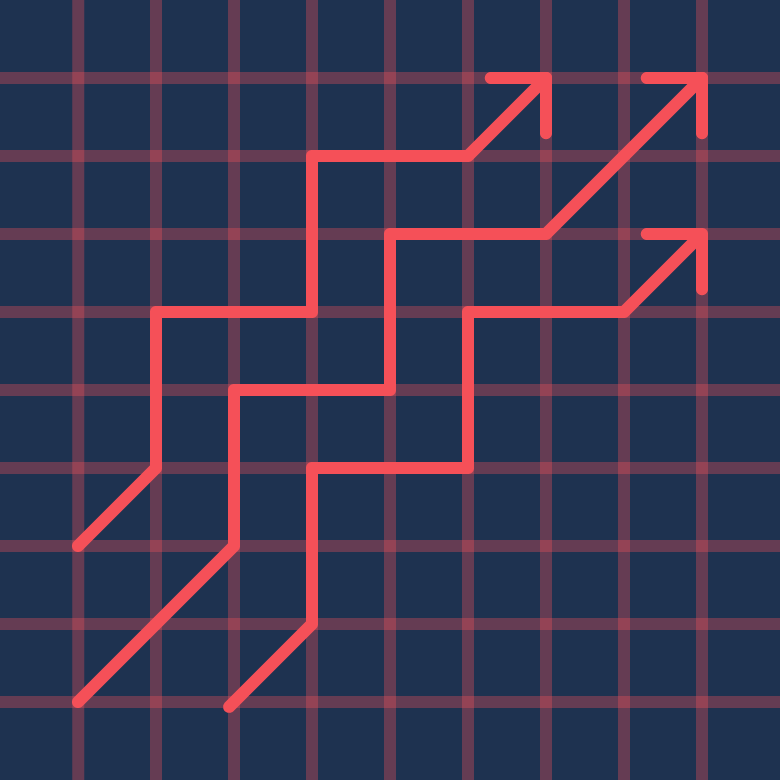Closed-Loop in a nutshell
Status quo: Change-as-Usual
A closed-loop process…
- Where a linear consumption process is replaced with a closed loop in which used products are recovered and recycled
- Reduces overall resource costs for companies
Future quo: Breakthrough
... that seeks to do more with less
- Where the creation and consumption of new products is reduced (shifting from products to services is one approach)
- And where the creation of new products is inevitable, then closing the loop across a product’s lifecycle across companies, industries and geographies is key
What is it?
From linear to circular
Traditional business models based on a linear (‘take-make-use-waste’) system assume the ongoing availability of unlimited and cheap natural resources. This is increasingly risky – with non-renewable resources like fossil fuels, minerals and metals increasingly under pressure, while potentially renewable resources (e.g. water, forests and fisheries) are declining in their extent and regenerative capacity.
Increasingly bundled under the heading ‘Circular Economy’, closed-loop systems keep products, components and materials at their highest utility and value – reducing the need for extracting and processing new resources and, in the process, cutting the related impacts on the environment. Well-designed and managed closed-loop systems can help businesses capture untapped value – where collaboration across the value chain, and the wider ecosystem, is a critical success factor (see Collaborative Ecosystem).
The idea of a Closed-Loop business model was highlighted by William McDonough and Michael Braungart in a 1998 article in The Atlantic, where they proposed an alternative approach to “eco-efficiency” that “aims to solve rather than alleviate the problems that industry makes”. Today, a range of organisations including Biomimicry 3.8, the Cradle to Cradle Products Innovation Institute and the Ellen MacArthur Foundation are driving the Circular Economy forward, alongside numerous companies now switching on the opportunity for growth that is restorative and regenerative.
Related business models that are working to close the loop include:
CIRCULAR SUPPLIES:
Using renewable, bio-based or fully recyclable materials to replace single-lifecycle inputs. Interface, for example, is continuously increasing its use of alternative raw materials to virgin petroleum-based fibres in making its carpet tiles.
RESOURCE RECOVERY:
Recover useful resources/energy out of disposed products or by-products. One of Interface’s product lines, Net-Works, for example, makes use of discarded fishing nets that are collected and repurposed into carpet tiles.
PRODUCT LIFE EXTENSION:
Extend the working lifecycle of products and components by repairing, upgrading and reselling. Fairphone, is one example, offering modular components as a way of extending the usable life of its mobile handsets.
SHARING PLATFORMS:
Enable increased utilisation rate of products by making possible shared access
PRODUCT AS A SERVICE:
Offer access or outcomes, while retaining product ownership
What's driving it?
Intelligence across the value chain
New technologies enabling us to recover critical materials from waste are key to enabling Closed-Loop business models. The other side of the coin is that our ability to tap into ‘waste’ streams is constrained by our ability to track materials and by-products across the value chain. Existing technologies like RFID (radiofrequency identification) chips and GPS (global positioning systems) play important roles, while newer technologies like nanosensors connected to the Internet of Things (IoT) and Blockchain promise to enable much greater tracking power, data security and precision.
Novel applications of materials formerly understood as waste, now viewed as a valued input in numerous value chains, are also transforming the production of goods, whilst creating fewer by-products. The Plastic Bank, a global social enterprise with active pilots in Peru and Haiti, for example, is turning discarded plastic collected by local communities into pellets that are then sold to brands to create recycled plastic packaging.
The proliferation of Internet-based platforms and marketplaces today is also enabling the matching of demand and supply across the wider market. FLOOW2, a business-to-business sharing marketplace for companies to share equipment, services and personnel, is one such example.
What are the opportunities and risks?
From efficiency to effectiveness
Efficiency has been the name of the game in business, and (via concepts like eco-efficiency) has been linked to helping business to minimise wastage and uncover cost savings. However, eco-efficiency merely slows the processes of over-exploitation, pollution and waste. In contrast, eco-effectiveness (now seen as part of the circular economy approach) has the potential to solve, rather than alleviate, the problems created by industry,
If coupled with a low carbon economy, widespread adoption of Closed-Loop business models has the potential to impact a large number of the SDGs, including those related to the environment such as Climate Action (SDG 13), Life Below Water (SDG 14), Life On Land (SDG 15), as well as those more closely related to wellbeing and livelihoods because of the new economic opportunities they will create (SDG 8 – Decent Work and Economic Growth and SDG 9 – Industry, Innovation and Infrastructure).
But individual businesses cannot close the loop on their own. Consumers must be brought along on the journey, and equipped and incentivised to consume responsibly (SDG 12). At the same time, new partnerships must be formed across the immediate value chain, as well as across different sectors of industry, to enable the cost-effective collection, treatment and redeployment of used or surplus resources. Reverse logistics is one such area. An example is UPS’ new strategic alliance with Optoro, a technology company that helps retailers and manufacturers manage, process and sell returned and excess inventory.
Get started
How can companies engage?
- What is the potential untapped value to the balance sheet of shifting current waste into a potential resource?
- When considering unlikely partnerships across the value chain, and in different industries, sectors or geographies, are there any pre-competitive partnerships that could collectively allow businesses to close the loop?
